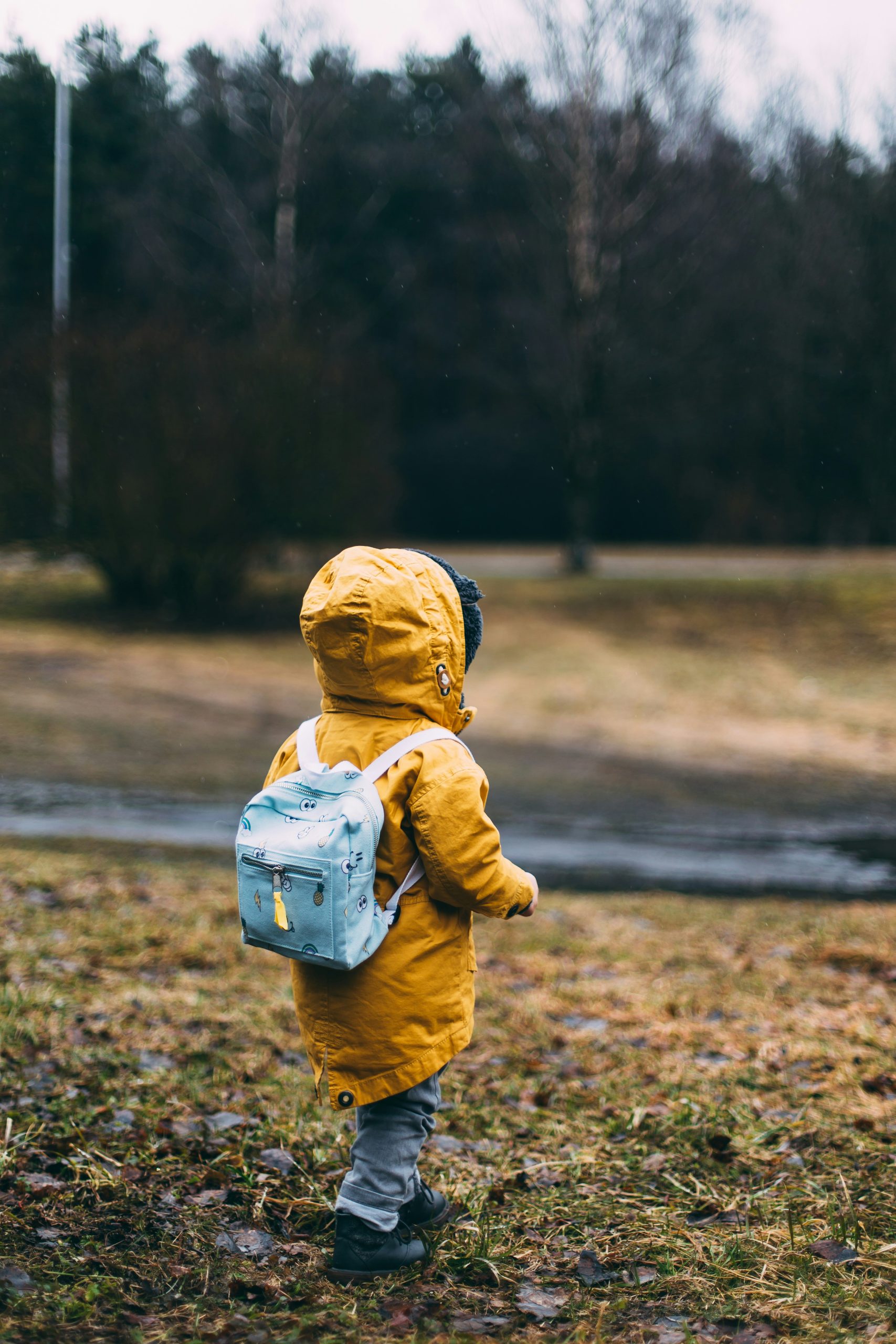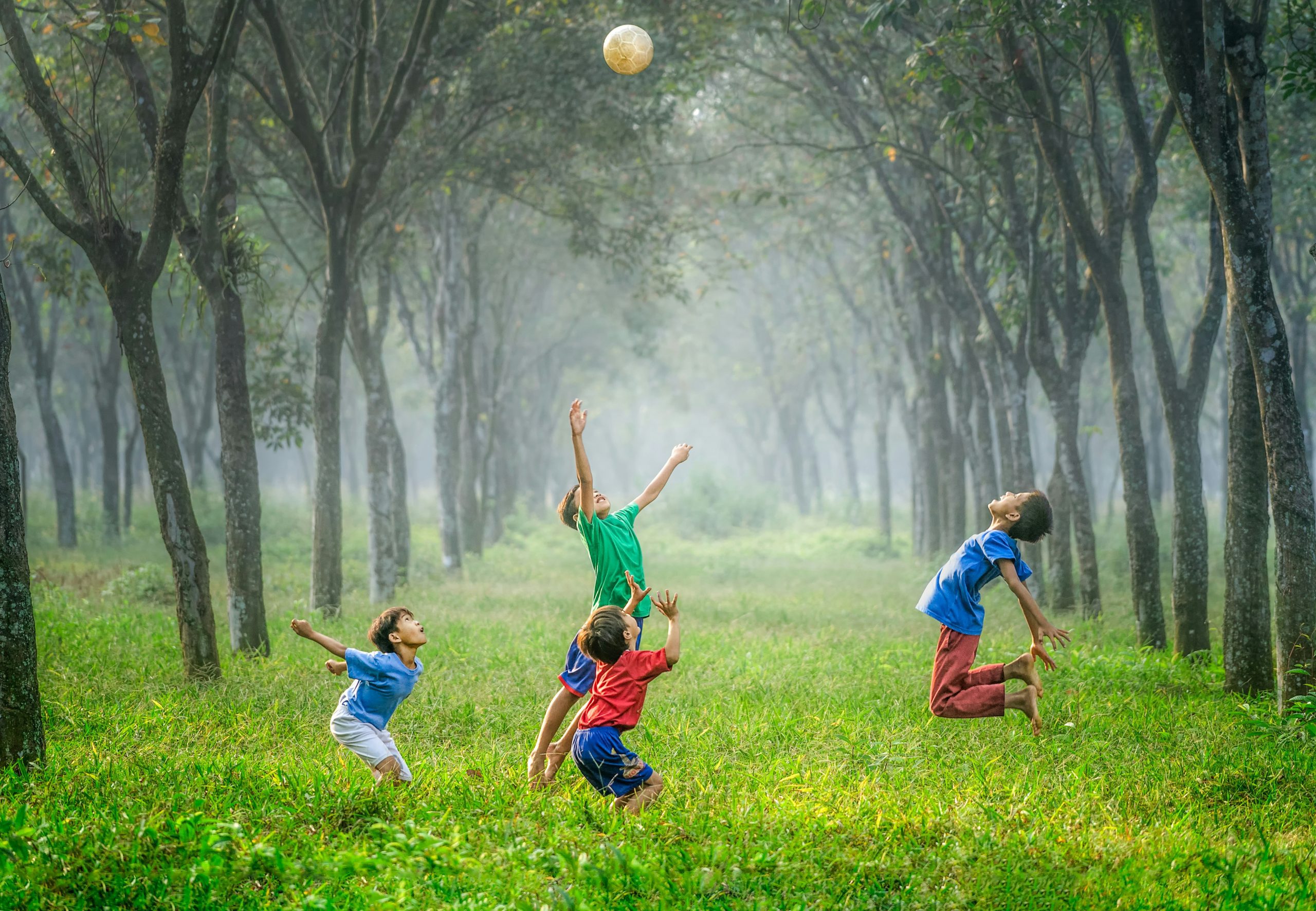As your baby transitions from crawling to those exciting first steps, choosing the right baby walking shoes becomes critical for their foot development and safety. This guide combines expert insights, scientific research, and practical tips to help you make informed decisions.

Why Baby Walking Shoes Matter
During the early walking phase (typically 9–18 months), a baby’s feet are mostly cartilage, with bones gradually ossifying until age. Ill-fitting shoes can hinder natural foot growth, leading to issues like flat feet or improper gait. Key considerations include:
- Barefoot Time: Pediatricians recommend 2–3 hours of daily barefoot play indoors to strengthen foot muscles and improve balance.
- Outdoor Protection: Shoes are essential outdoors to shield against injuries, hot surfaces, or sharp objects.
Key Features of Quality Baby Walking Shoes
1. Flexible, Thin Soles
- Ideal thickness: 3–5mm, allowing natural foot movement and ground sensation.
- Test by bending the shoe—it should flex at the ball of the foot, mimicking barefoot motion.
2. Wide Toe Box
- Ensure 1cm of space between the longest toe and the shoe tip to prevent crowding and promote toe splay.
3. Non-Slip Outsoles
- Look for rubber soles with textured patterns to reduce slip risks.
4. Breathable Materials
- Opt for mesh, leather, or canvas uppers to prevent sweat buildup and bacterial growth.
5. Sturdy Heel and Toe Protection
- Reinforced toe caps and heel counters safeguard against stubs and ankle twists.
Choosing Shoes by Developmental Stage
Stage 1: Pre-Walkers (6–18 Months)
- Shoe Type: Soft-soled “pre-walkers” for crawling and cruising.
- Example: Jiang Doctor’s “Infant Pre-Walkers” feature ultra-thin soles and breathable mesh.
Stage 2: Early Walkers (18 Months–3 Years)
- Prioritize: Flexible soles with moderate ankle support (e.g., Ginoble’s segmented designs).
Stage 3: Confident Walkers (3–6 Years)
- Transition to: Structured shoes with arch support and durable outsoles.
Common Mistakes to Avoid
- Buying Oversized Shoes
- Shoes too large cause tripping; replace every 2–3 months as feet grow.
- Using Hand-Me-Downs
- Secondhand shoes retain 92% of the original wearer’s foot shape, risking improper alignment.
- Overlooking Foot Measurements
- Measure feet in the afternoon when they’re slightly swollen for accurate sizing.
- Choosing Style Over Function
- Avoid rigid soles or narrow designs that restrict natural movement.
Step-by-Step Measuring Guide
- Trace Feet: Have your child stand on paper; mark the heel and longest toe.
- Measure Length/Width: Add 1cm for growth space.
- Test Fit: Ensure the heel snugly holds a finger’s width.



